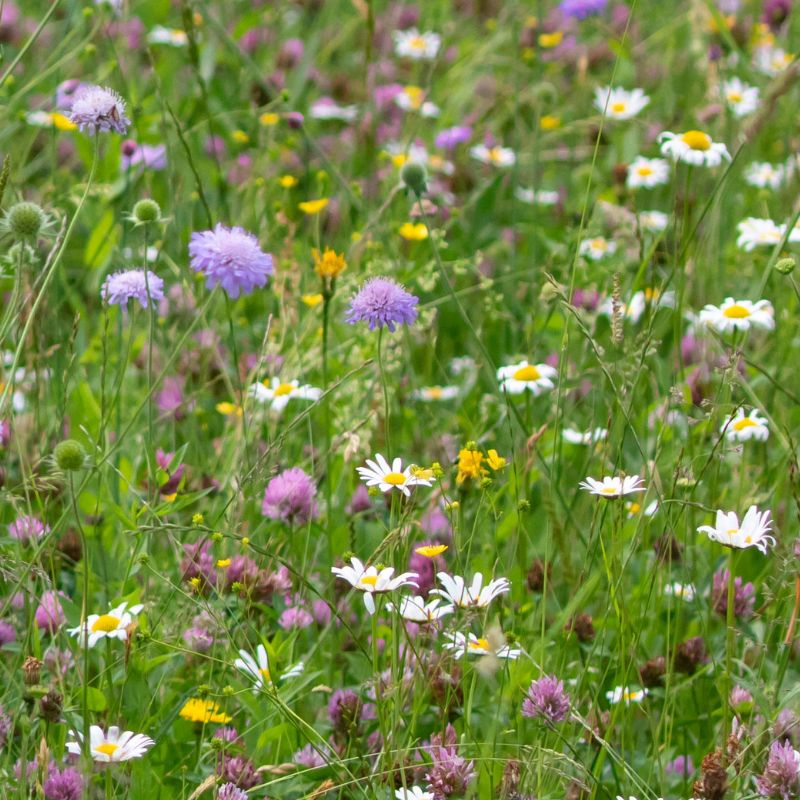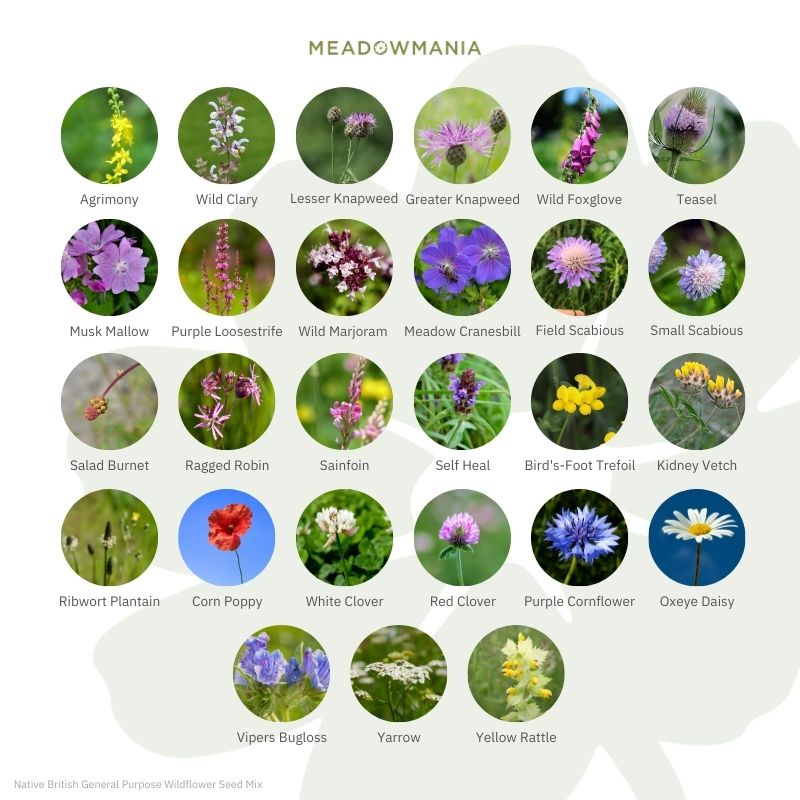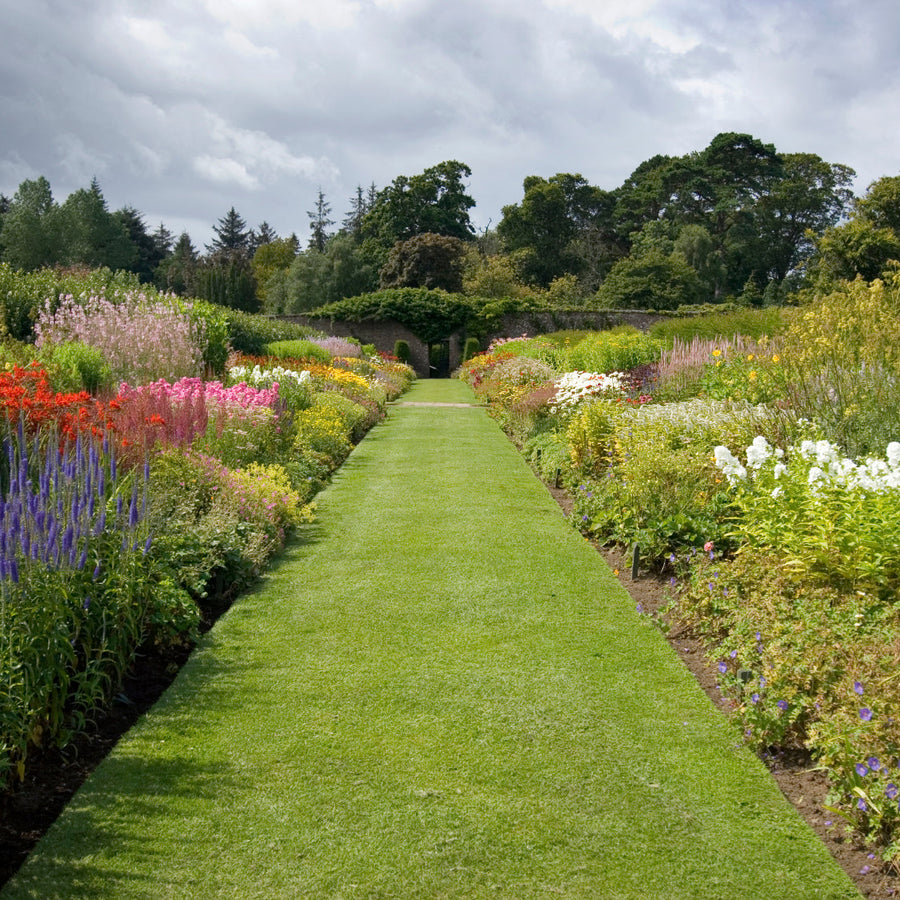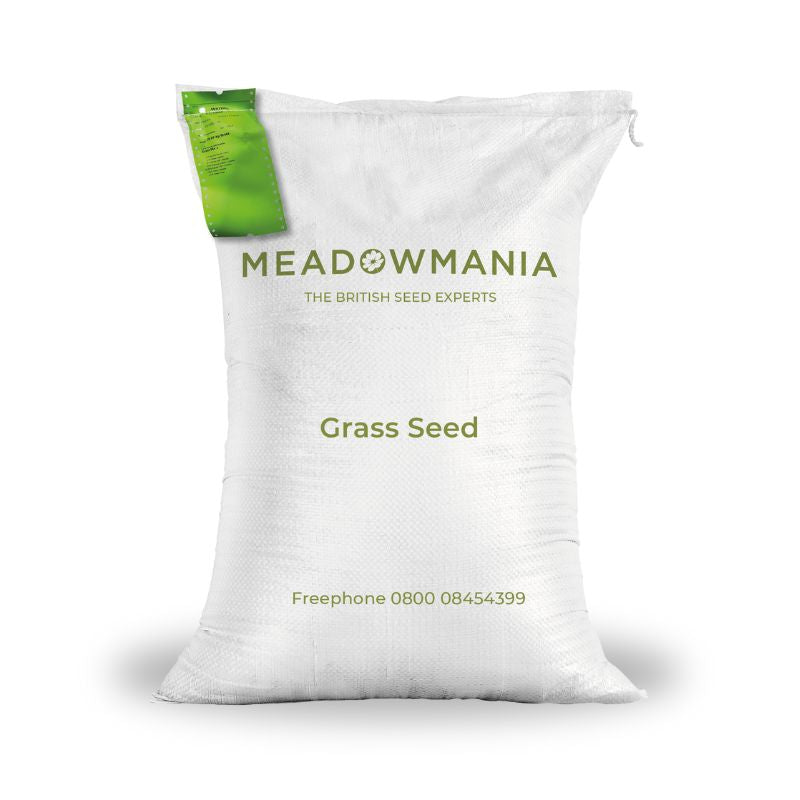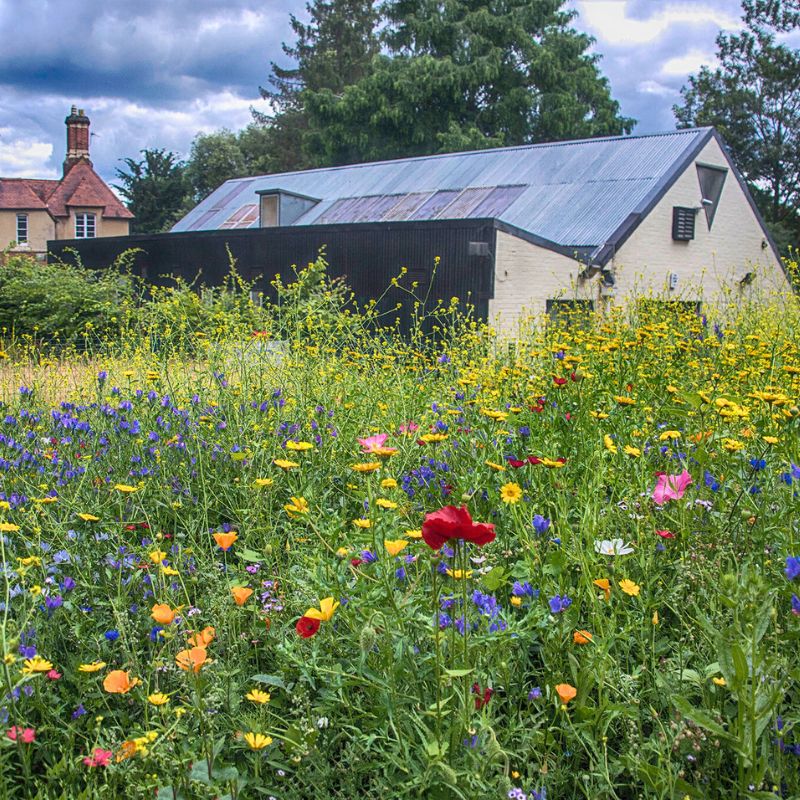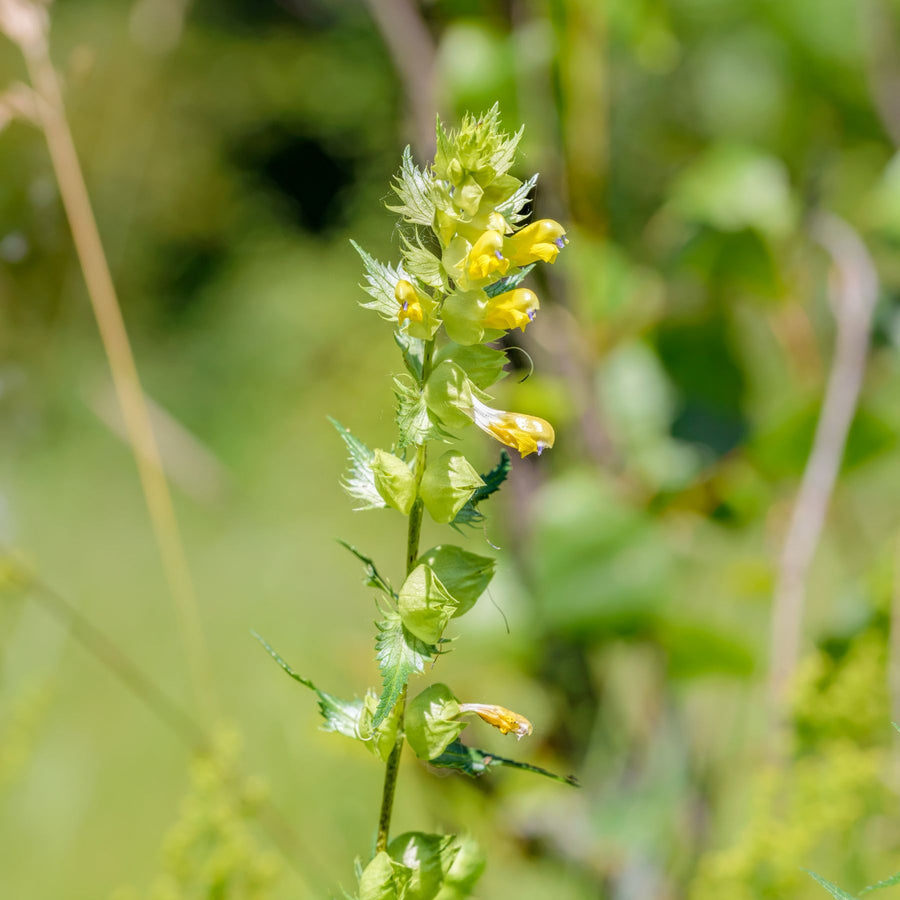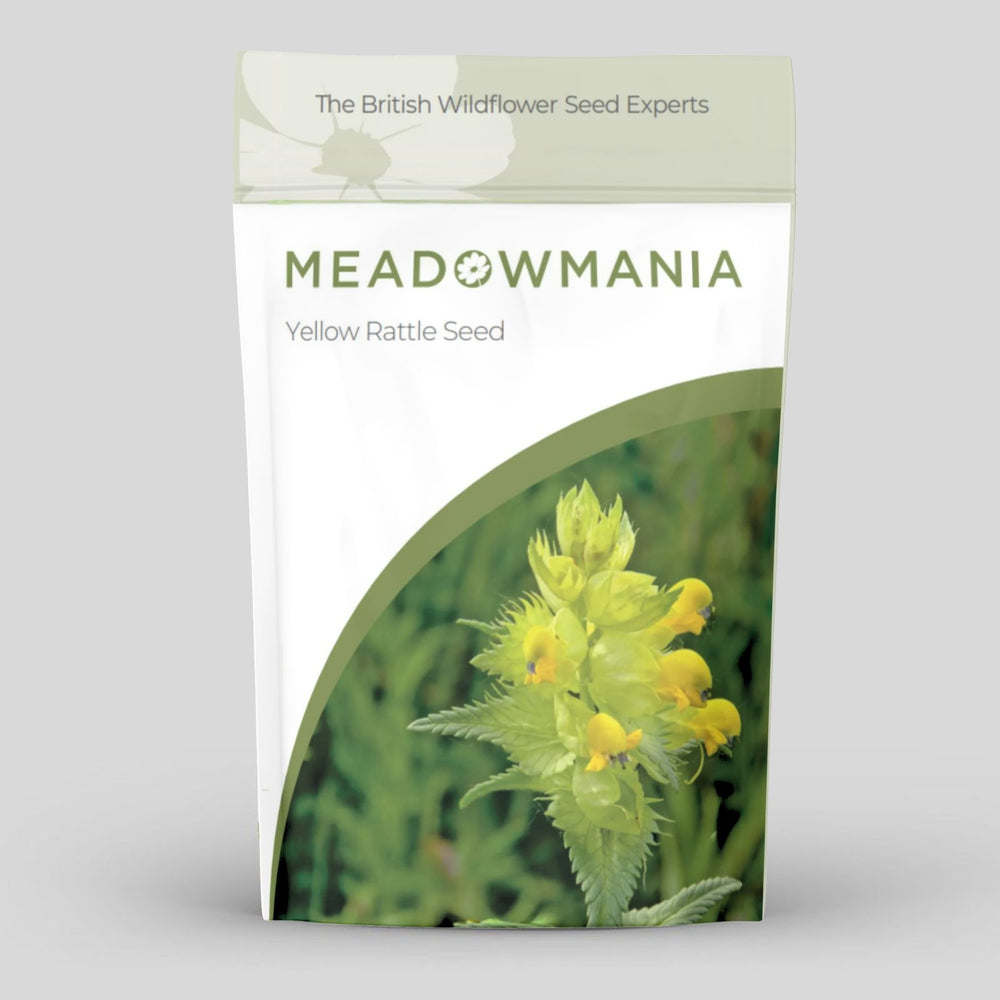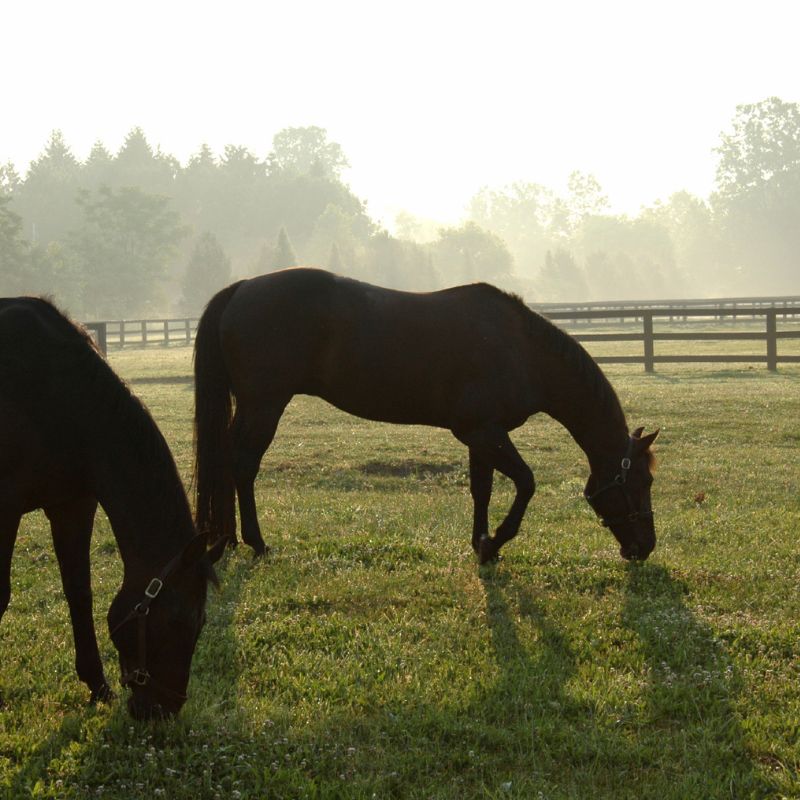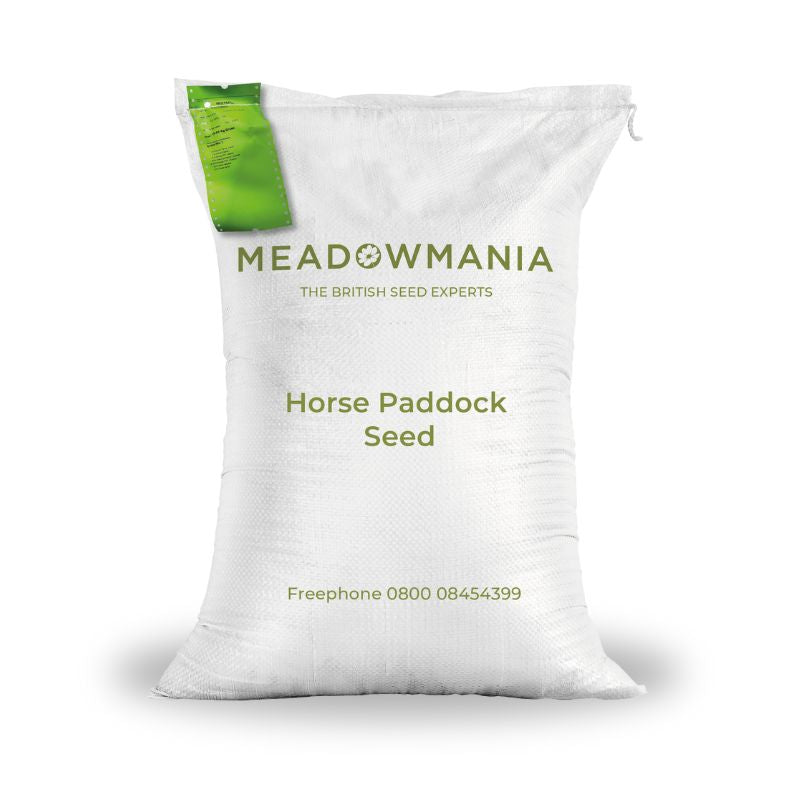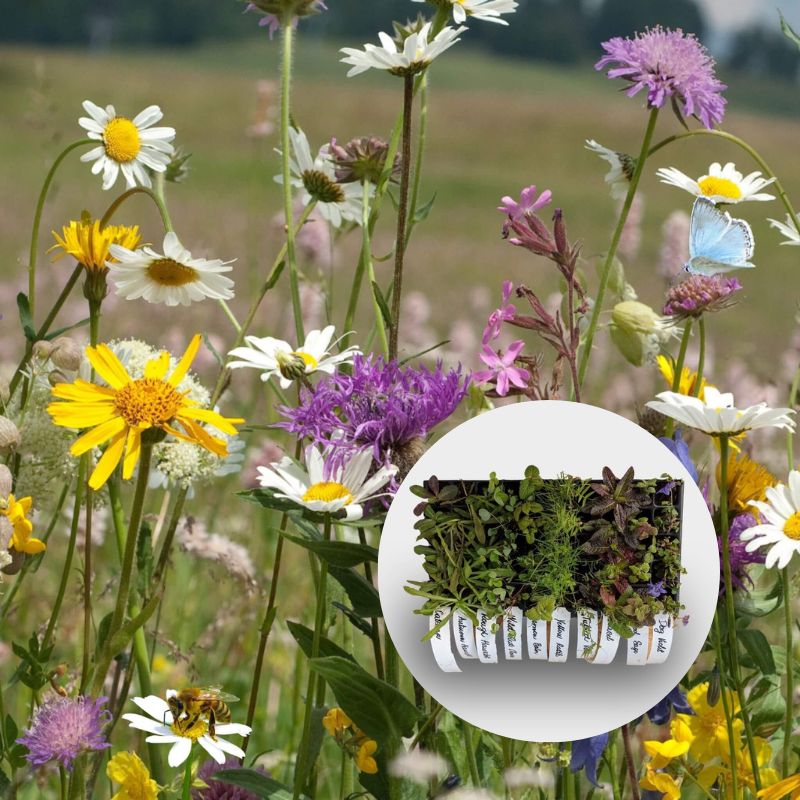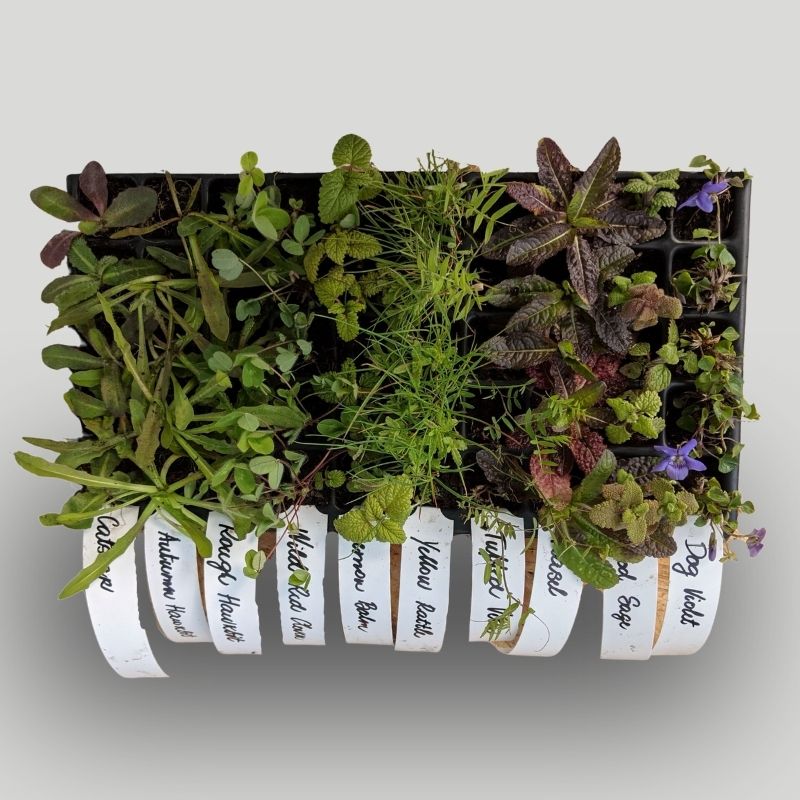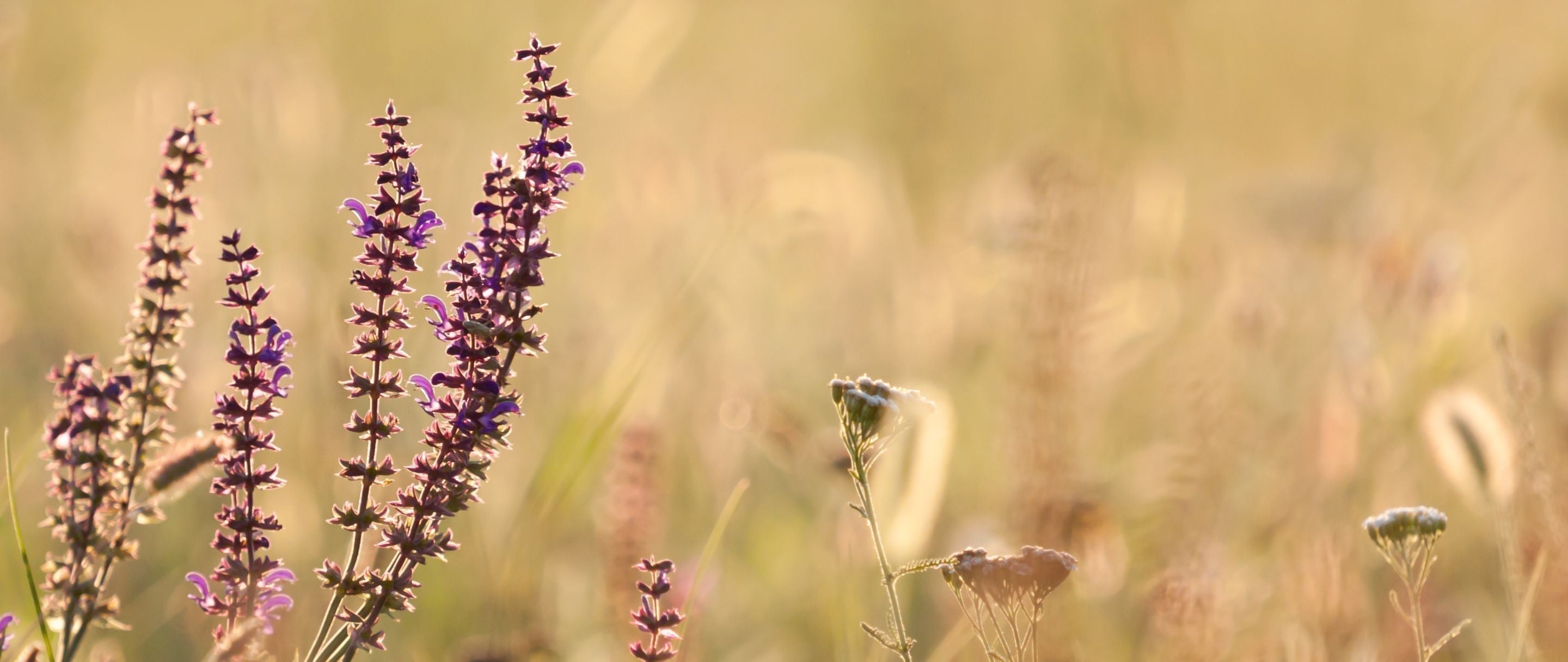
Why, When and How to Cut Back Your Wildflower Meadow: The Annual Cut
Once established, your wildflower meadow provides colour, movement, and an invaluable habitat for pollinators and other wildlife. But to keep it at its best, it needs a little seasonal management – and the most critical task is cutting it back.
Done correctly, cutting your meadow helps maintain plant diversity, keeps grasses in check, and makes sure your wildflowers return with renewed vigour year after year. Done poorly – or not at all – and your meadow may quickly lose its character as coarse grasses and vigorous species take over.
Here’s what you need to know about why, when and how to cut your meadow to keep it thriving.
Why cutting back is essential for meadow health
Traditional wildflower meadows are grazed by animals, trampled by herds, or harvested for hay – this suppresses dominant grass growth and creates opportunities for more delicate wildflowers to flourish. In cutting the meadow back every year, we're replicating these disturbances to achieve the following:
Restricting competitive grasses – Grasses tend to dominate unmanaged swards, suppressing less vigorous wildflowers. Cutting weakens these species and helps maintain a balance.
Encouraging regeneration – Most wildflowers set seed between midsummer and early autumn. A well-timed cut allows these seeds to disperse and germinate.
Maintaining low soil fertility – Removing the clippings reduces soil nutrients, which in turn favours wildflowers over grasses.
Supporting a resilient ecosystem – A properly managed meadow provides nectar sources, seed heads for birds, and overwintering cover for insects and small mammals.
When should you cut your meadow?
Timing depends on whether you’re managing an annual or perennial meadow.
Annual wildflower meadows
Annual meadows, based on species like cornflowers, corn poppies, and corn marigolds, require a single cut each year.
When to cut: Late summer to early autumn (typically August or September), once flowering has finished and the seed heads have ripened. This timing allows plants to complete their life cycle, dropping seeds to promote regeneration the following year.
Aftercare: Leave the cuttings on the ground for a few days to allow time for any remaining seeds to drop to the ground. Then, rake off to avoid smothering new growth and, if necessary, lightly scarify the soil to expose bare patches for germination.
Perennial wildflower meadows
Perennial meadows, with species such as oxeye daisy, lesser knapweed, and meadow buttercup, benefit from a more structured management routine.
Main cut: Late July to September. This is the principal cut and should be carried out after the majority of wildflowers have set seed but before tall grasses form a dense, collapsing sward.
Autumn tidy-up (optional): October or November. A second, lighter cut may be beneficial to reduce grass growth and to allow light to reach the base of the sward. Again, remove clippings.
Spring cut (optional): March or early April. If early growth is particularly vigorous, an early cut in spring can suppress grasses and encourage wildflowers. Always remove clippings.
Wildlife: Leave some patches or edges uncut over winter, until the following spring, as refuges for insects and small mammals. Rotate these areas annually to avoid nutrient build-up and encroachment by grasses.
Tip: Sow yellow rattle after cutting
Autumn is also the ideal time to introduce yellow rattle to your meadow. This hemi-parasitic annual wildflower weakens vigorous grasses by growing into their roots, reducing their dominance and creating space for more delicate wildflowers to flourish. After your autumn cut, simply sow fresh yellow rattle seed onto exposed soil and lightly rake it in. Because the seeds need a period of cold to germinate, sow before winter to ensure successful establishment the following spring.
Cutting Sections at Different Times
Rather than cutting your entire meadow in one go, consider cutting sections at different times between the end of July and the start of September.
Why do it?:
- Prolongs flowering by allowing some areas to keep blooming while others are cut.
- Provides nectar for pollinators for longer in the season.
- Leaves refuge habitat for insects, birds and small mammals during cutting.
How to do it:
- Divide your meadow into two or three sections.
- Cut one section in late July, another in August, and the final section in September.
- Rotate which area gets cut first each year to avoid favouring any one group of plants or wildlife.
This approach creates a patchwork of habitats and is especially useful in larger meadows.
If you can’t cut your meadow in sections, try cutting at different times every year to encourage wildflower diversity.
How to Cut Your Meadow
Cutting a meadow should be done carefully to avoid damaging the meadow’s structure and the resident wildlife. Cut small areas with a long-handled scythe or strimmer. Larger areas can be cut with a tractor mower that collects cuttings, or produces cuttings that are easy to collect. Avoid mowers that mulch cuttings and return nutrients to the soil – exactly what you want to avoid in a wildflower meadow.
Cut height: Maintain a cut height of 5-10 cm. This removes tall growth but leaves basal rosettes and new shoots intact.
Remove clippings: Rake off all cut material within a few days. Allowing it to lie on the meadow will smother regrowth and enrich the soil, favouring grasses over wildflowers. Stack cuttings to create a habitat pile elsewhere.
Wildlife awareness: Before cutting, survey the area for amphibians, hedgehogs, or late-brood birds. Consider working from the centre outwards to encourage wildlife to retreat to uncut margins.
Maintaining a species-rich meadow
Over time, consistent cutting and removal of clippings will move the meadow towards greater wildflower diversity. Watch out for grasses becoming dominant and consider lightly scarifying bare patches after cutting to encourage germination.
Cutting your meadow isn’t about tidying it up – its about mimicking the traditional cycles that meadows evolved with to encourage a rich tapestry of flowers and grasses, support pollinators and birds, and keep your sward healthy for years to come.
🌱🌱🌱
Ready to establish or rejuvenate your meadow? Browse our range of wildflower seeds and wildflower plants.


